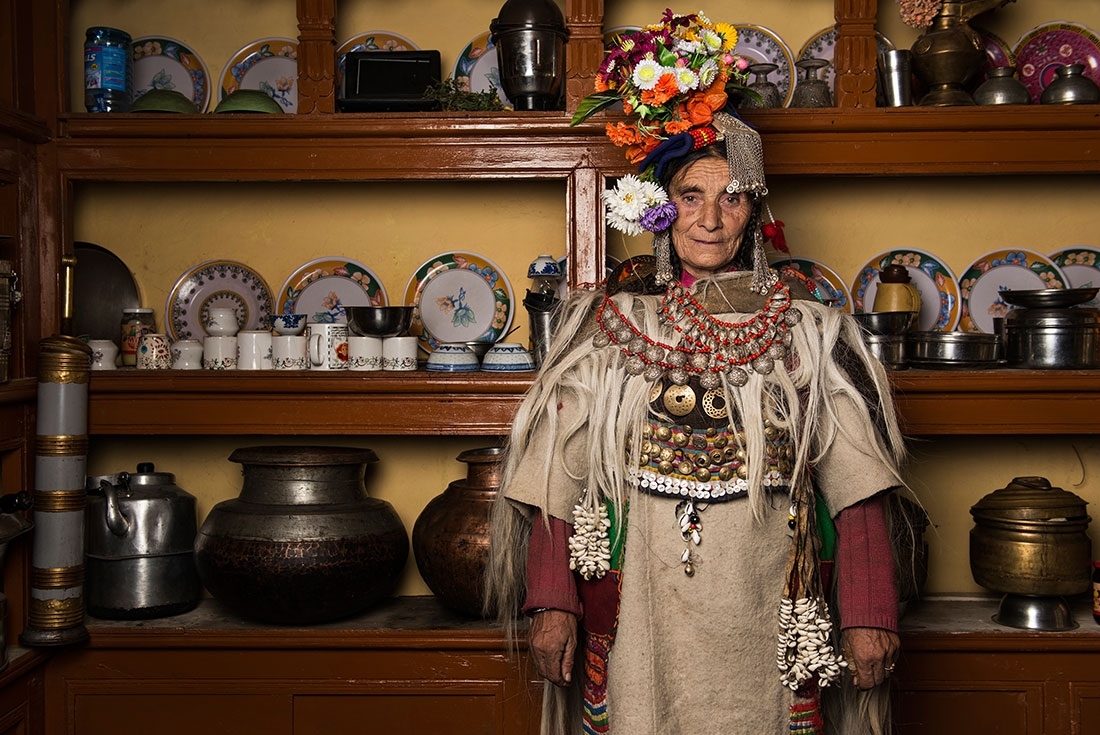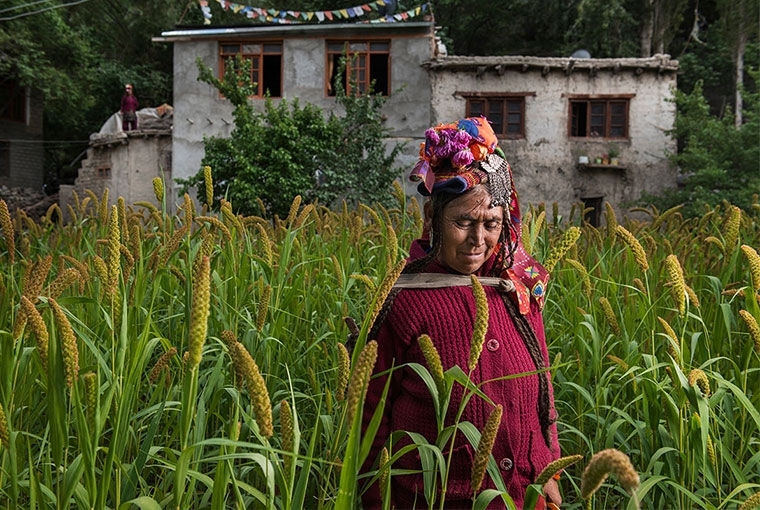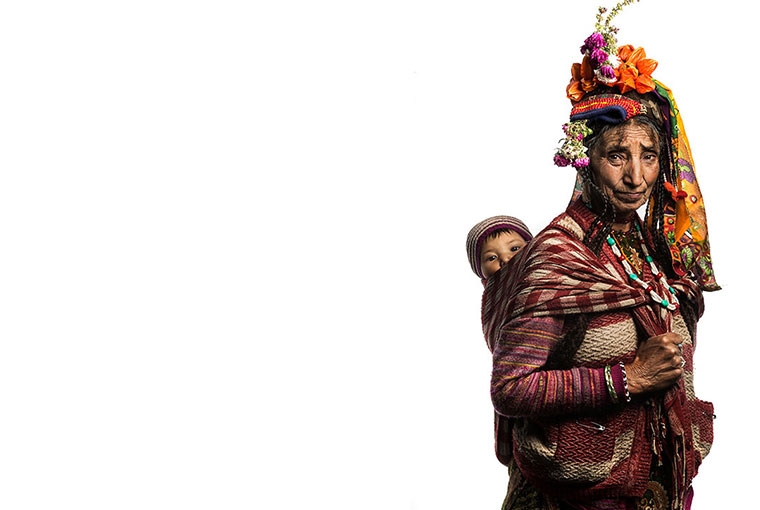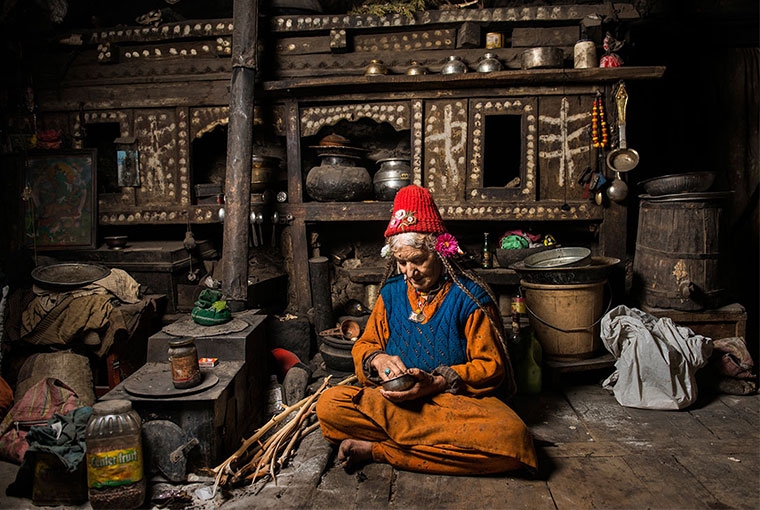

With a number of accolades to his name, Trupal Pandya is a professional photographer from India who has been travelling the world, capturing it's rarely seen communities and their practices. After graduating in Photography from Fashion Institue of Technology in New York, Trupal went on to intern with magnum photographer Steve McCurry. He has photographed tribes of Omo Valley in Ethiopia, Huaorani people of the Amazon Rainforest, Headhunters, Brokpas, Aghoris, Eunuchs and shepherds in India.
Out of these series, we talked to Trupal regarding the particular work featuring the Brokpas based in the north-east of Kargil, a tribe that has lived in isolation for thousands of years. The tribesmen are said to belong to the pure bloodline of Aryans and are direct descendants of the Alexander’s Army. Trupal gave further insight in to his project with them:

“Buried in historical documents, taught in classrooms around the globe, or explored in documentaries; the ‘Aryan race’ has been a subject of world interest for long. As a documentary photographer, I was elated at the possibility of capturing a Himalayan tribe that claims to be pure Aryan descendants and I endeavoured to explore their reality."

"About 130 kms. north-east of Kargil, on the Line of Control (Indo-Pak border), are the villages names Dha, Hanu, Darchik, and Garkon. Inhabited by a tribe that has lived in isolation for thousands of years, it is the heartland of a tribe called the Brokpas. As the folklore goes, this 1800 strong tribesmen belong to the pure bloodline of Aryans and are direct descendants of the Alexander’s Army. With strikingly unique physical features in the region such as extremely fair skin, green eyes, high cheekbones, tall and stout built; do these tales have a tantalizing possibility of being true?"

"In my interactions with the Brokpa people, I was informed that Brokpas have maintained their purity of race and culture without being influenced by the outside world. Their strong social set-up has helped them preserve their way of life and genetic uniqueness. With no historical documentation, they have passed on their cultural legacy with the help of just folk songs and numerous tales of their origin. Their claim attracts tourists from all over the globe. But is it just a folk belief? A mere speculation owing to their physical features? Or possibly the biggest discovery of our time?
I still wonder.”
You can see more of his works here
Text Fathima Abdul Kader